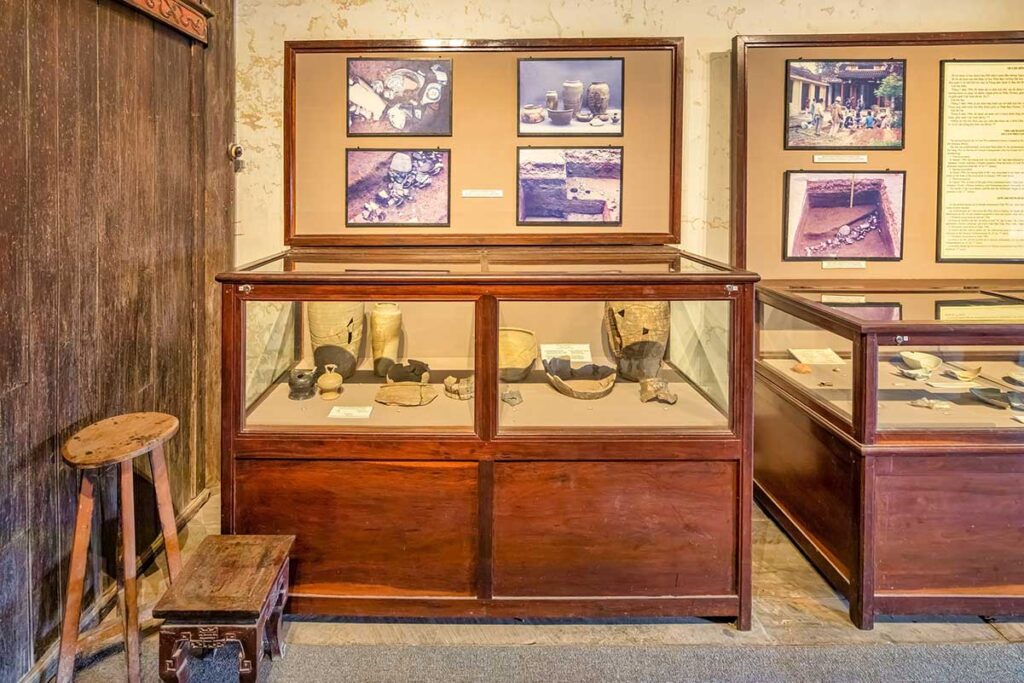What is the Museum of Trade Ceramics?
The Museum of Trade Ceramics in Hoi An was established in 1995 and is located at 80 Tran Phu Street, right in the heart of the Ancient Town.

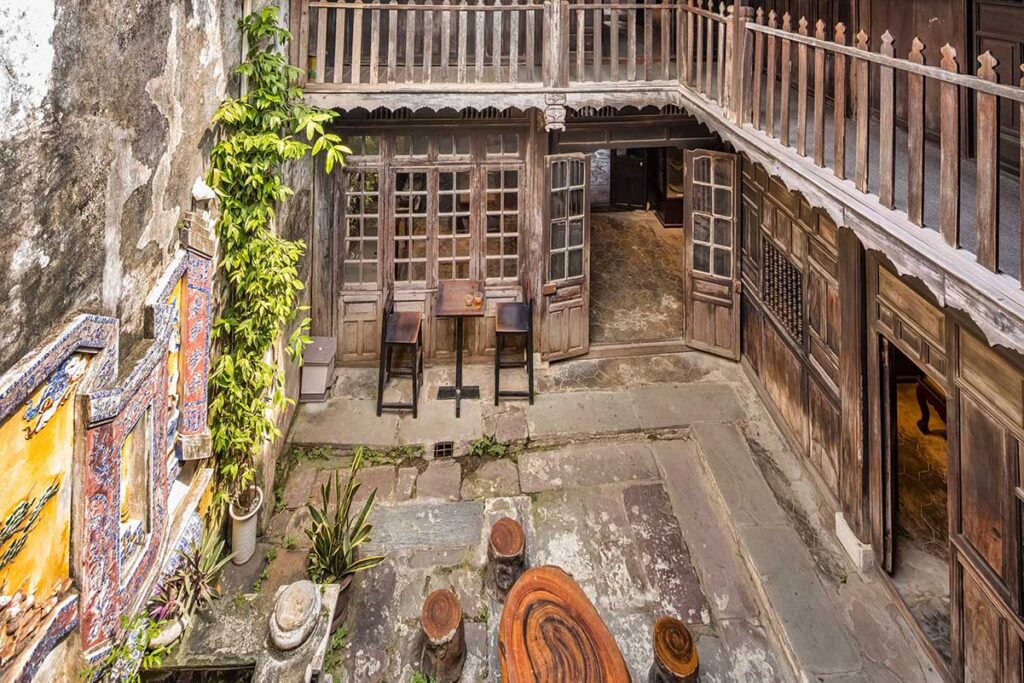
It’s set inside a beautifully restored 19th-century wooden house, offering a look at both local architecture and historic trade. The museum focuses on Hoi An’s role as a major international ceramics trading port between the 9th and 19th centuries, with connections to China, Japan, India, and beyond.
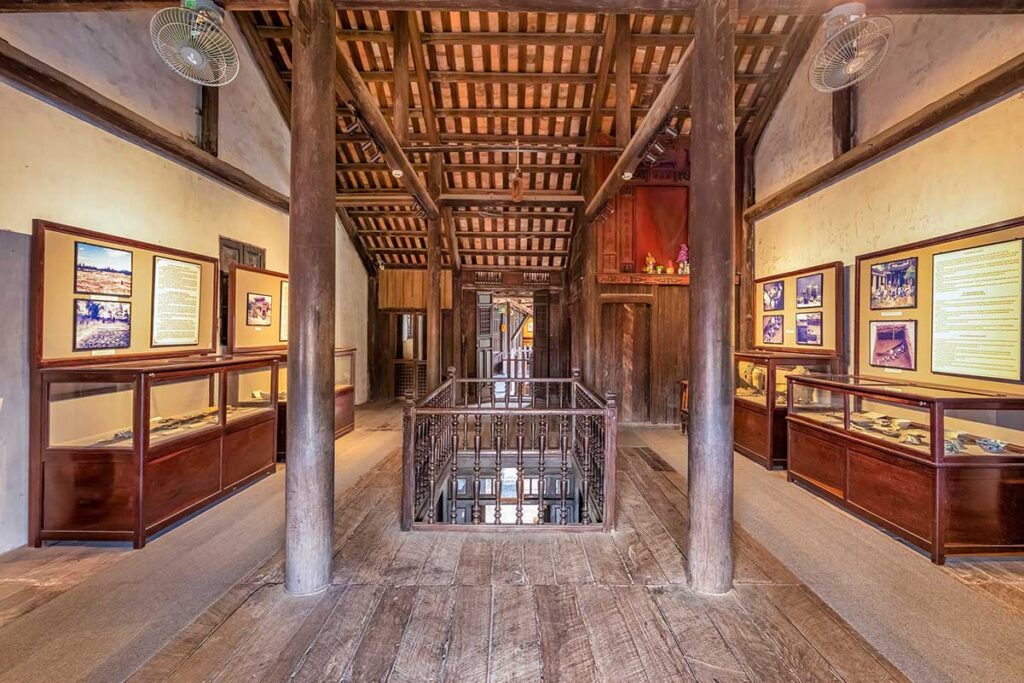
Visiting counts as one entry from your Hoi An Old Town ticket.
Historical background
Hoi An rose to prominence as a major trading port in the 16th and 17th centuries, when it became a key hub for maritime commerce in Southeast Asia. Thanks to its strategic location along the Thu Bon River, the town attracted merchants from across Asia and Europe.
Ships from China, Japan, India, and later Portugal, the Netherlands, and other European countries regularly docked in Hoi An. Among the many goods traded, ceramics played a central role—valued not just for their beauty but also for their durability and usefulness. These items were exchanged for spices, silk, and other regional products, making Hoi An an important link in a global trade network. The ceramic trade also fostered cultural exchange, visible in the mix of architectural and artistic influences still found in the town today.
Museum highlights
Although small, the Museum of Trade Ceramics offers a focused look at Hoi An’s trading past through a carefully curated collection. The exhibits are displayed in a way that blends historical detail with visual interest, all within the setting of a traditional wooden house.
1. Ceramic artifacts from across Asia
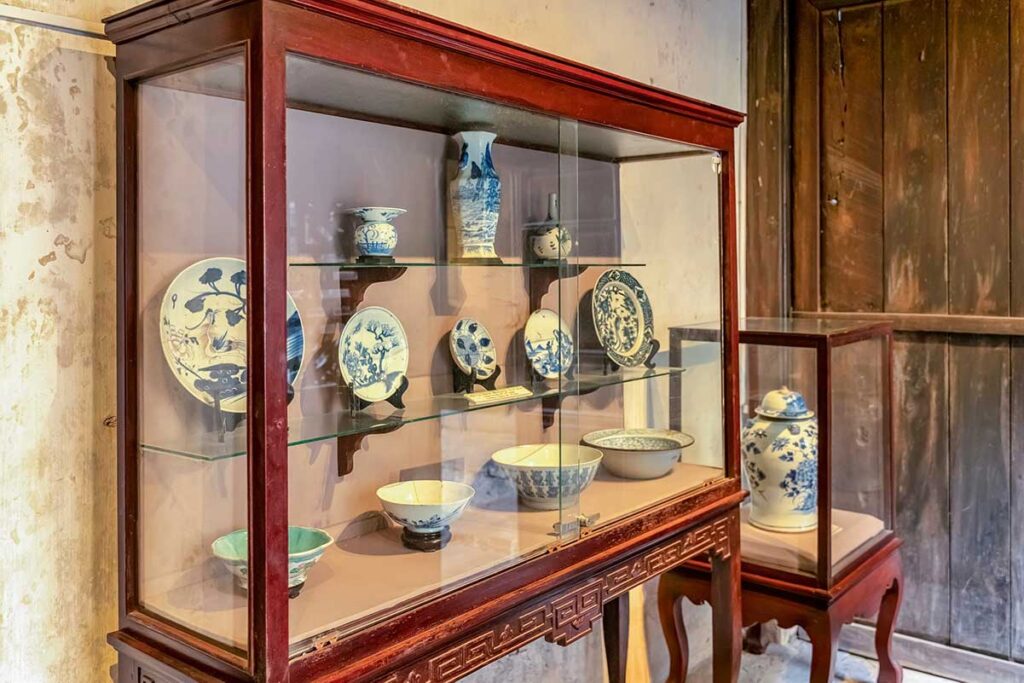
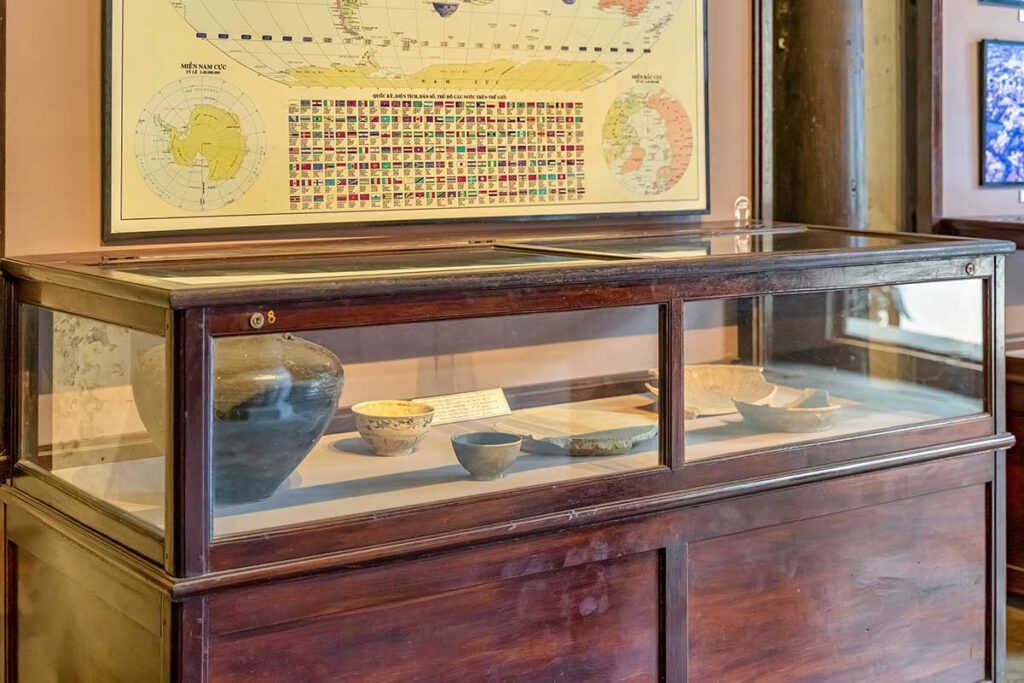
The museum showcases over 450 ceramic items unearthed in and around Hoi An. These include pieces from Vietnam, China, Japan, Thailand, and other parts of Asia, reflecting the city’s trading links across the region. You’ll find everyday items like bowls, teapots, wine cups, and vases, many of which once passed through Hoi An’s bustling port.
2. Decorative and cultural items
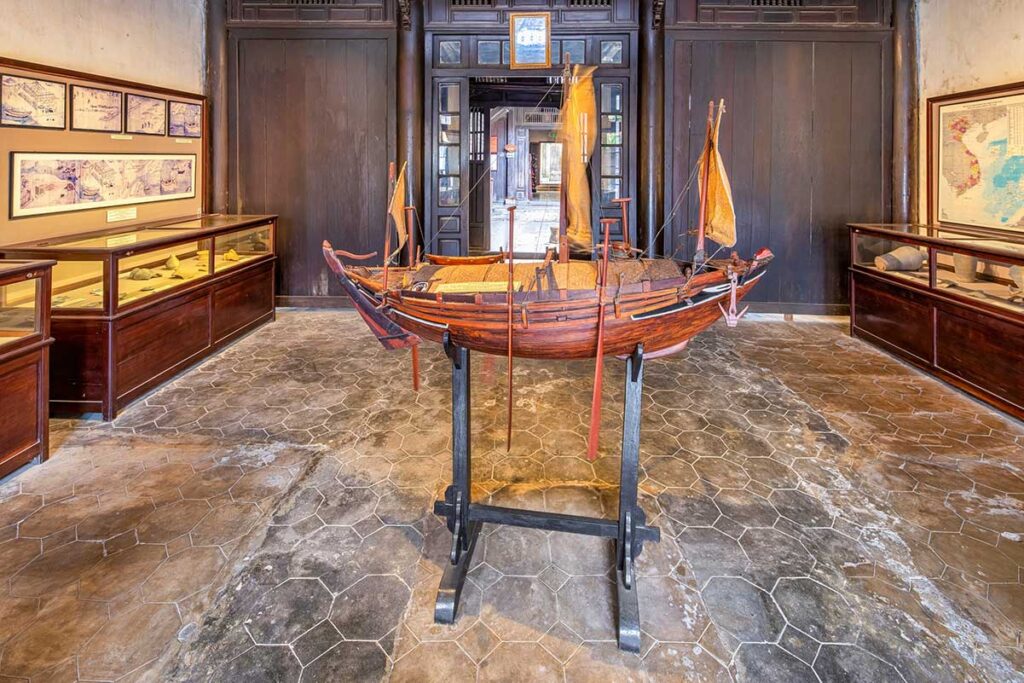
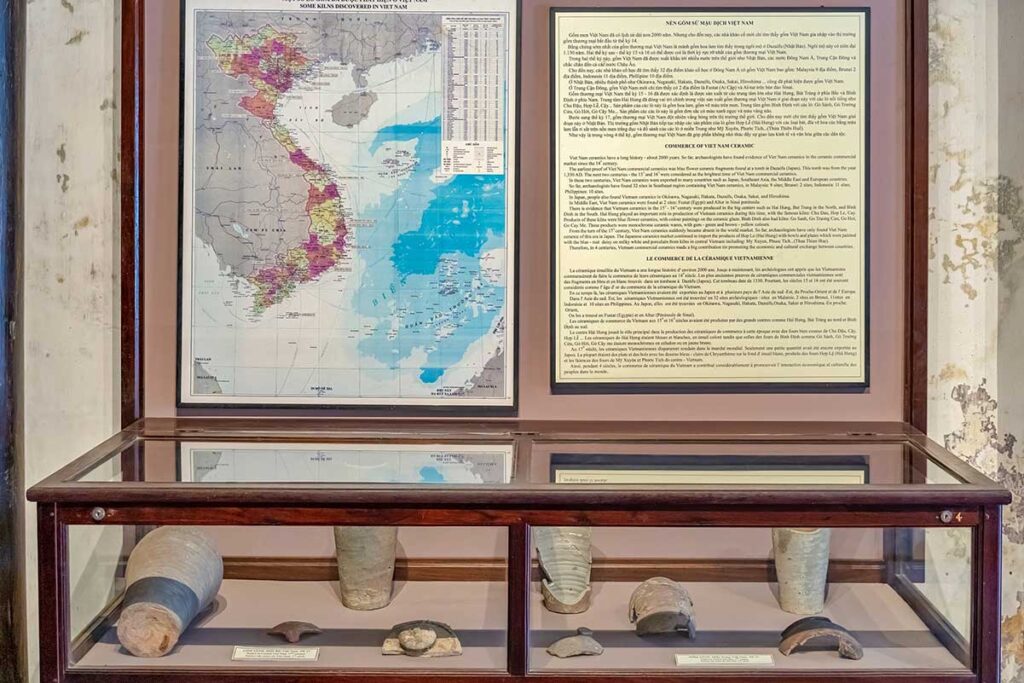
Some displays focus on ceramic art, including painted tiles, decorative plates, and ceremonial pieces. These offer a glimpse into both the artistic styles of different cultures and the evolving tastes of Hoi An’s residents and traders over the centuries.
3. Trade and production techniques
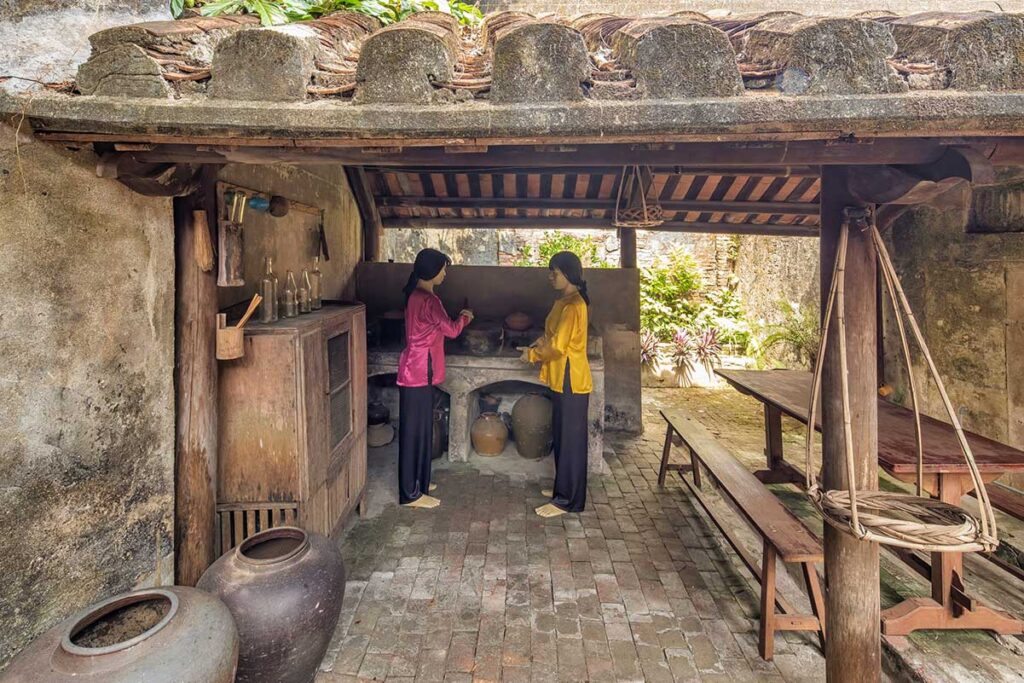
Panels throughout the museum explain how ceramics were produced, glazed, and fired, and how different styles reflect their country of origin. There’s also context on the logistics of trade—how goods were packaged, transported by sea, and valued in international markets.
4. Daily life through trade
Many of the artifacts reflect everyday life in Hoi An during its trading peak. The items on display help tell the story of how trade shaped not just the economy, but also the culture and daily rhythms of the town.
Architectural features of the house
Besides the collection, the building itself is a highlight—and for some visitors, even more impressive than the exhibits. The museum is housed in a beautifully preserved 19th-century wooden house, typical of Hoi An’s merchant homes during its trading peak.
The layout includes a central courtyard, timber-framed rooms, and carved wooden details throughout. Inside, you’ll notice the high ceilings, tiled floors, and open-air design, which kept the house cool in Hoi An’s humid climate. It’s a peaceful, atmospheric space that offers a sense of how wealthy traders once lived and worked.
Don’t miss the second floor, where you’ll find a small open area with a pleasant view over Tran Phu Street. It’s a nice quiet spot to pause and take in the town’s historical character from above.
Visiting information
Location
The Museum of Trade Ceramics is located at 80 Tran Phu Street, right in the middle of Hoi An Ancient Town. It’s surrounded by other historic buildings, shops, and cafes, making it easy to combine with nearby sights like the Cantonese Assembly Hall or the Japanese Bridge.
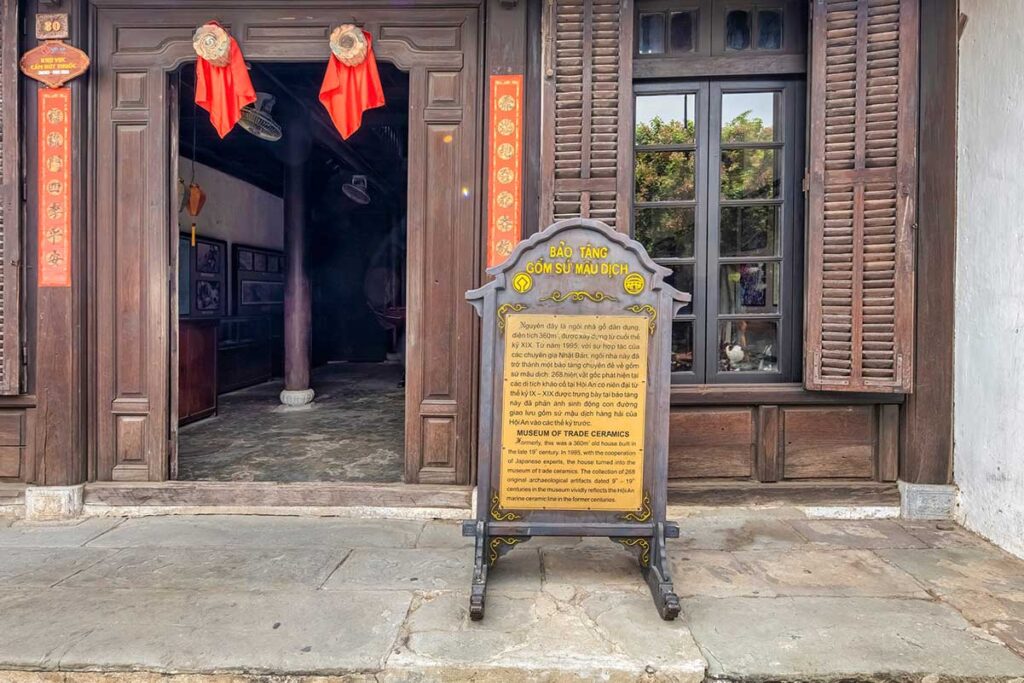
Getting there
If you’re already inside the Ancient Town, you can easily walk to the museum. From areas outside the Old Town, it’s best to take a taxi or bike to one of the entrances, then walk in from there, as motor vehicles are not allowed inside most of the pedestrian zone.
Opening hours
The museum is open daily from 7:00 AM to 9:00 PM, but it’s closed on the 15th of each month for maintenance.
Entry fee
Entry is included in the Hoi An Ancient Town ticket, which costs 120,000 VND and allows access to five sites. This means you’ll need to choose carefully between museums, assembly halls, and other attractions.
Facilities
Basic facilities are available, including restrooms. Keep in mind the museum is in a traditional wooden house with steep stairs, so watch your step—especially when heading to the upper floor.
Is it worth visiting?
That depends on what you’re looking for. The Museum of Trade Ceramics is quite small and focused mainly on ceramic artifacts and trade history. The collection isn’t especially large or impressive, so if you’re not particularly interested in ceramics, it may feel a bit underwhelming.
However, the building itself is a beautifully preserved old merchant house, and that alone makes it worth considering—especially if you still have entries left on your Hoi An Ancient Town ticket. If you’ve already visited several temples and assembly halls, this museum offers a different kind of experience and a rare look inside the type of historic home that Hoi An is known for.
Other sights within the Hoi An Ancient Town Ticket
The Museum of Trade Ceramics is just one of the 22+ attractions you can choose from with the Hoi An Ancient Town ticket, which includes 5 entries to selected sights. Since the number of entries is limited, it’s worth comparing your options based on your interests. Below are some of the most popular ticketed sights, grouped by type, with a quick explanation of what to expect:
Assembly Halls
- Phuc Kien (Fujian) Assembly Hall – The largest and most ornate, dedicated to Mazu, goddess of the sea. Impressive main gate, incense coils, and central altar.
- Cantonese (Quang Dong) Assembly Hall – Striking design with a colorful courtyard and statue of Guan Yu. Very central and photogenic.
- Trieu Chau Assembly Hall – Small but elegant, known for its delicate wood carvings and peaceful atmosphere.
- Hai Nam Assembly Hall – Memorial hall honoring 108 merchants, with bold architecture and a quiet setting.
Temples
- Quan Cong Temple – One of the most visited temples in town, known for its red pillars, gilded altars, and dramatic statue of the Chinese general Quan Cong.
- Ong Pagoda (Chua Ong) – Smaller but historically significant, with a very local atmosphere and active worship area.
Museums
- Museum of Sa Huynh Culture – Focused on the Sa Huynh civilization, featuring ancient burial jars and artifacts from pre-Cham times.
- Hoi An Museum of History and Culture – Covers Hoi An’s general history through artifacts and displays, but less visually engaging.
- Hoi An Folk Culture Museum – Offers insight into daily life, traditional crafts, and festivals. Larger than the other museums, with more interactive elements.
Each ticketed sight offers something different—assembly halls for bold architecture, temples for spiritual and cultural atmosphere, and museums for historical depth. If you’re more visually or culturally oriented, you might prioritize halls and temples. If you’re curious about the past or want quieter spaces, the museums can be a good break.
